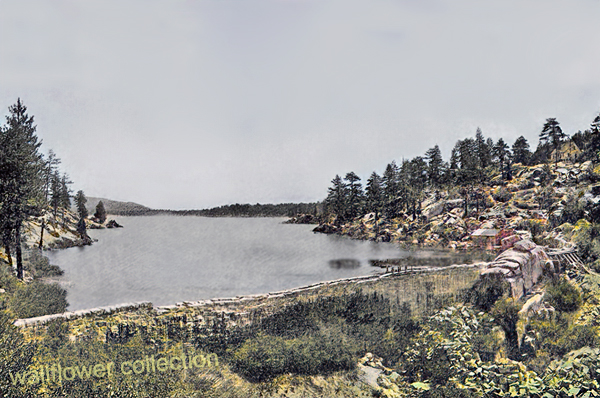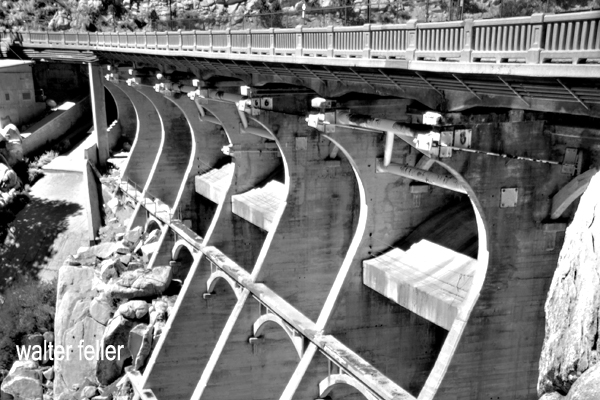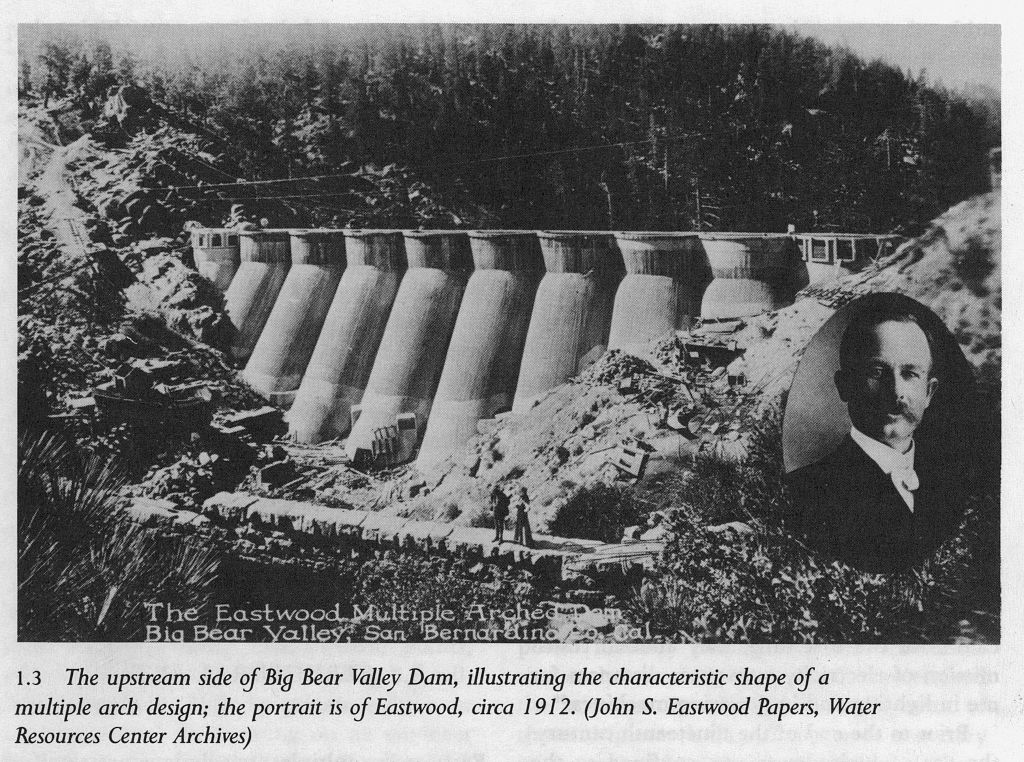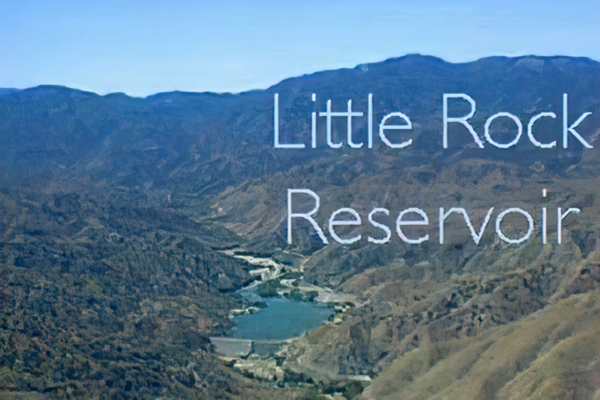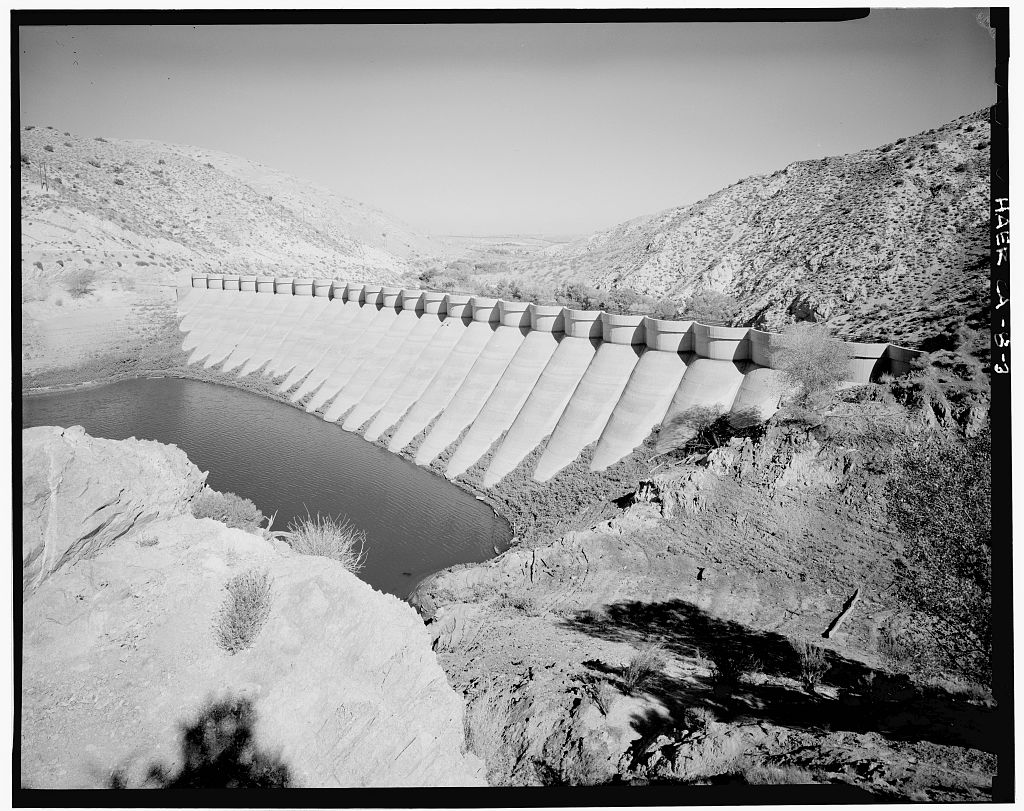—it’s Tamarix aphylla (athel tamarisk), which only reproduces by cloning, not seed. While it isn’t spreading like Tamarix ramosissima or chinensis, which have taken over waterways in the West, all types of tamarisk share one thing: they use proportionately large amounts of water. So even the non-invasive ones have an impact, especially in desert regions where water is life.
Here’s a list of the most common tamarisk (or saltcedar/athel) species found in the American Southwest, especially the Mojave Desert, with notes on whether they are considered invasive and whether they are heavy water users:
- Tamarix ramosissima (Saltcedar)
- Invasive: Yes
- Water-sucking: Yes
- Notes: One of the most aggressive species, spreads by seed and root. Known for choking out native vegetation and monopolizing riparian zones.
- Tamarix chinensis (Chinese tamarisk)
- Invasive: Yes
- Water-sucking: Yes
- Notes: Often hybridizes with T. ramosissima. Together, they dominate many desert waterways and floodplains.
- Tamarix parviflora (Smallflower tamarisk)
- Invasive: Yes
- Water-sucking: Yes
- Notes: Less common but still invasive, particularly in California. Can handle salty soils and crowds out native plants.
- Tamarix gallica (French tamarisk)
- Invasive: Occasionally
- Water-sucking: Yes
- Notes: Less aggressive in arid environments than others but still considered problematic in some regions.
- Tamarix aphylla (Athel tamarisk or Athel tree)
- Invasive: No (not generally considered invasive in the U.S.)
- Water-sucking: Yes
- Notes: Grows as a large tree, does not spread by seed in North America, but it still consumes a lot of water. Introduced intentionally as a shade and windbreak tree.
Summary:
- Invasiveness: Most tamarisk species are invasive, especially T. ramosissima, chinensis, and their hybrids.
- Water Use: All tamarisks are thirsty. Even T. aphylla, though not invasive, draws significant water—making them ecologically impactful in arid regions like the Mojave.

https://en.wikipedia.org/wiki/Tamarix_aphylla
| Feature | Tamarix aphylla (Athel) | Invasive Tamarisk (ramosissima/chinensis) |
|---|---|---|
| Growth Form | Large tree | Shrub or small tree |
| Height | 30–50 feet | 6–20 feet |
| Trunk | Single main trunk | Multiple stems |
| Leaves | Scale-like, dull grey-green | Fine, feathery, bright green |
| Leaf Spacing | Widely spaced | Dense along twigs |
| Flowers | Sparse, rarely seen | Showy pink/white spikes |
| Blooming Season | Rarely blooms in U.S. | Late spring to summer |
| Seed Production | None (no viable seed in U.S.) | Profuse—spreads aggressively |
| Branch Color | Brown to grey | Reddish to purplish, especially new growth |
| Water Use | High | High |
| Spread Potential | Low (clonal only) | Very high (seed and roots) |
| Typical Location | Homesteads, roadsides, farms | Riverbanks, washes, natural springs |

Photo 32999308, (c) larry-heronema, some rights reserved (CC BY-NC)
https://www.inaturalist.org/photos/32999308
